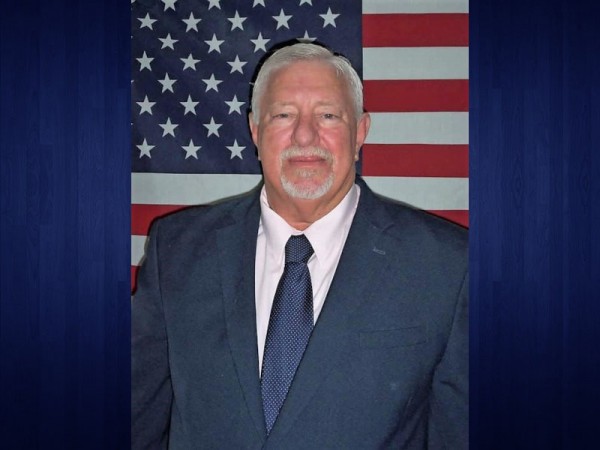The pilot who died when his twin-engine plane crashed into Lake Hartwell last month told Air Traffic Control shortly before the incident he was having problems with his direction indicators.
That according to the preliminary accident report released Wednesday by the National Transportation Safety Board.
Todd Jeffrey Carrell, 55, of Florida, who was flying the Beech BE-55 from Punta Gorda, Fla., to Georgia to attend an event, died when the plane crashed into the lake near Long Point and Old 29.
The NTSB report states Carrell missed several landings at Anderson Regional Airport in South Carolina prior to entering the water.
Air Traffic Control cleared the pilot for an area navigation (RNAV) approach to Anderson Regional Airport Runway 5 and instructed him to switch to the non-towered airport common traffic advisory frequency, the report states.
RNAV is a method of navigation that allows the operation of an aircraft on any desired flight path.
After a missed approach, Carrell contacted ATC and requested another RNAV approach, which he was granted, and he also missed.
The controller asked Carrell if he needed assistance, to which he responded negative and that he needed to reset.
Carrell then flew to the wrong heading and was asked by the controller if he was having problems with the autopilot or gyros (directional gauges), to which he said he was having trouble with the gyros.
The controller sent Carrell the instrument landing system (ILS) approach to Runway 5 and the pilot accepted, following instructions he was given but after he did not intercept the localizer that provides final approach navigation information, he was told to stop his turn and maintain a specific altitude.
ILS is a precision runway approach aid employing two radio beams to provide pilots with vertical and horizontal guidance during landing approach.
No further communications were received from the pilot.
The airplane impacted Lake Hartwell about nine miles south of the Anderson Airport, the report states.
Due to the depth of the lake and the entanglement in lake-bottom foliage and debris, it was five days before crews were able to recover the plane and Carrell’s body.
“The fuselage was intact and had upward crushing of the bottom of the fuselage; both wings and the horizontal stabilizers were pushed upward,” the report states.















